Thomas Britton Dip WCF
John McLaughlin Master Farrier
THERE’S no point in making horses more stressed. It could be something small like their pal being turned out in the field in front of them, sometimes people don’t think but the little things can upset even the quietest of animals during the farrier visit.
There is a science to shoeing; a good farrier can look at a lame horse and know how to fix it, you develop an eye for it. I’ve learned a lot from the trotters, they don’t have a natural gait when they pace so the farrier must be able to correct any interference like brushing or overreaching. They may use lighter shoes in front and longer ones behind.
I have seen more impatience with regard to foals too. Most of the time, about 90% in fact, a problem will correct itself with time, but I find owners are too quick to treat and they have farriers glue on foal shoes when a lot of the time if they just left them nature would take care of it.
Certified farrier, Michael Lancto
1. Prepare a clean, dry, well-lit area
It is important to make sure your farrier has a safe and quiet place to work. This includes access to an electrical outlet that can provide enough electricity to run modern power tools and will support your farrier’s equipment.
2. Have the horses in and their hooves dry
Picking your horses feet and keeping them in a stable a few hours before they get new shoes is a good way to ensure that their feet will be dry and ready for your farrier. Most importantly, checking their hooves will give you a chance to look at their shoes and bring up any questions or concerns you may have.
3. Have a payment plan worked out ahead of time
Make sure that you have discussed with all parties involved how and when you are going to pay for the services your farrier is planning to perform.
4. Keep pasture/turnout well drained
While we cannot control the weather, we can control how we protect our horses from it. If your horse has poor quality hoof walls, keep him in on wet days. Many farms have a smaller, “wet paddock” that is particularly dry and useful for horses who cannot be in a stable. Using such a space will not only help your horse’s hooves stay intact, but will also save the footing in your other paddocks that do not drain well.
5. Avoid using hoof products and/or supplements as a quick fix
While these items can be helpful, it is tough to hold products completely responsible for healthy hooves. The best and cheapest care is frequent hoof picking and to invest in a good stiff brush for the front of your horse’s hooves.
6. Curry comb over bathing
This is one of the most useful tips for keeping your horse’s hooves healthy. Instead of reaching for the hose, pick up a curry comb to groom your horse. Keeping hooves dry and clean will protect the hoof walls and avoid common diseases like thrush.
7. Ride your older or especially stiff horses before their appointments
If you have an older horse or one who is naturally stiff before he his exercised, try to ride him before he meets with the farrier. Once your horse is loosened up and can stand more comfortably, he will be a great deal easier to shoe. If you are unable to ride, perhaps a gram of bute or some extra turnout could do the trick.
8. Keep you farrier informed about your plans for the next six weeks
It is important to let your farrier know your plans between shoeing dates. If your farrier is in the loop then he/she can make the necessary adjustments to your horse’s shoeing regiment.
9. Keep your horse on a shoeing schedule
Lastly, it is crucial to keep your horse on a shoeing schedule that works for both you and your farrier. By maintaining a regular schedule, you will always know when your horse is due for shoes and your farrier will expect to be at your yard during the week of your appointment.
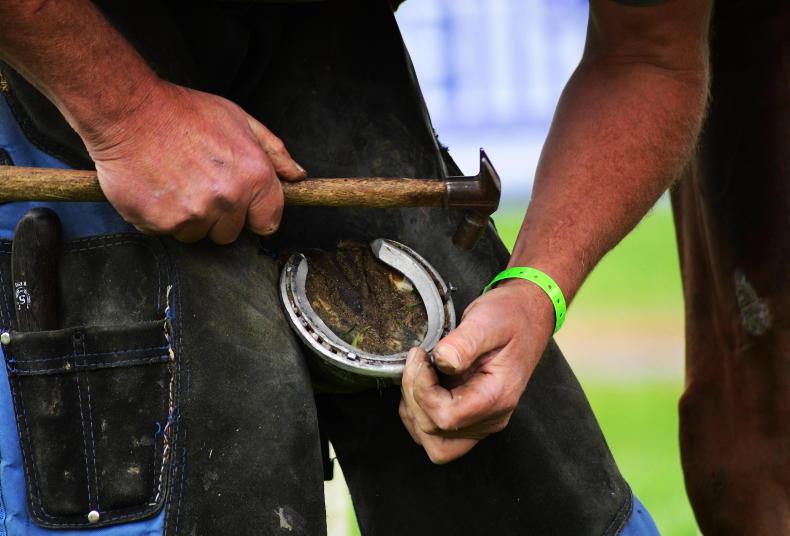

 This is a subscriber-only article
This is a subscriber-only article
 It looks like you're browsing in private mode
It looks like you're browsing in private mode




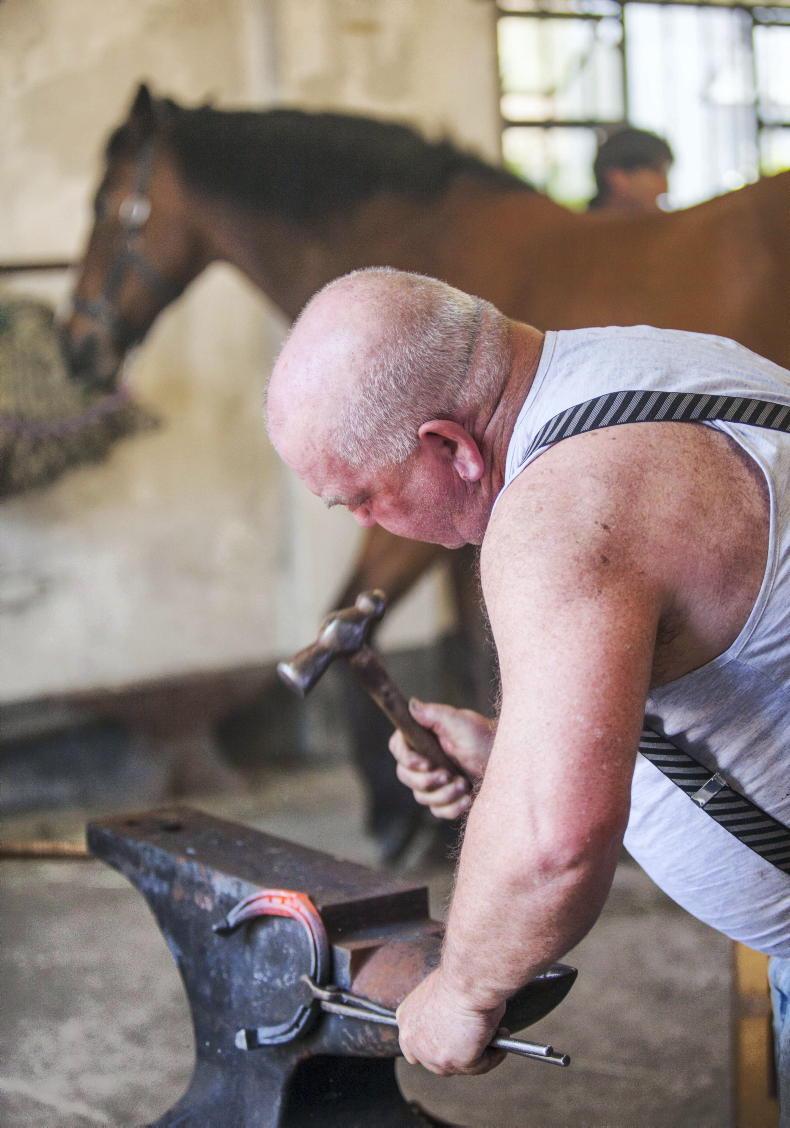
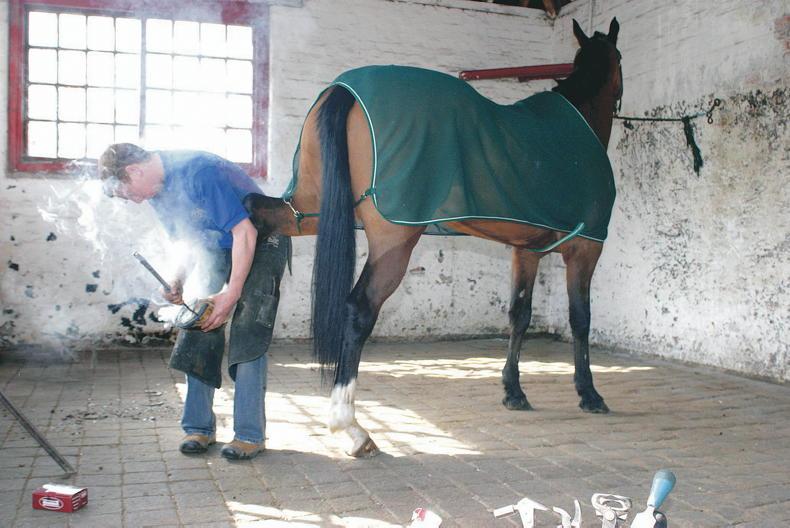

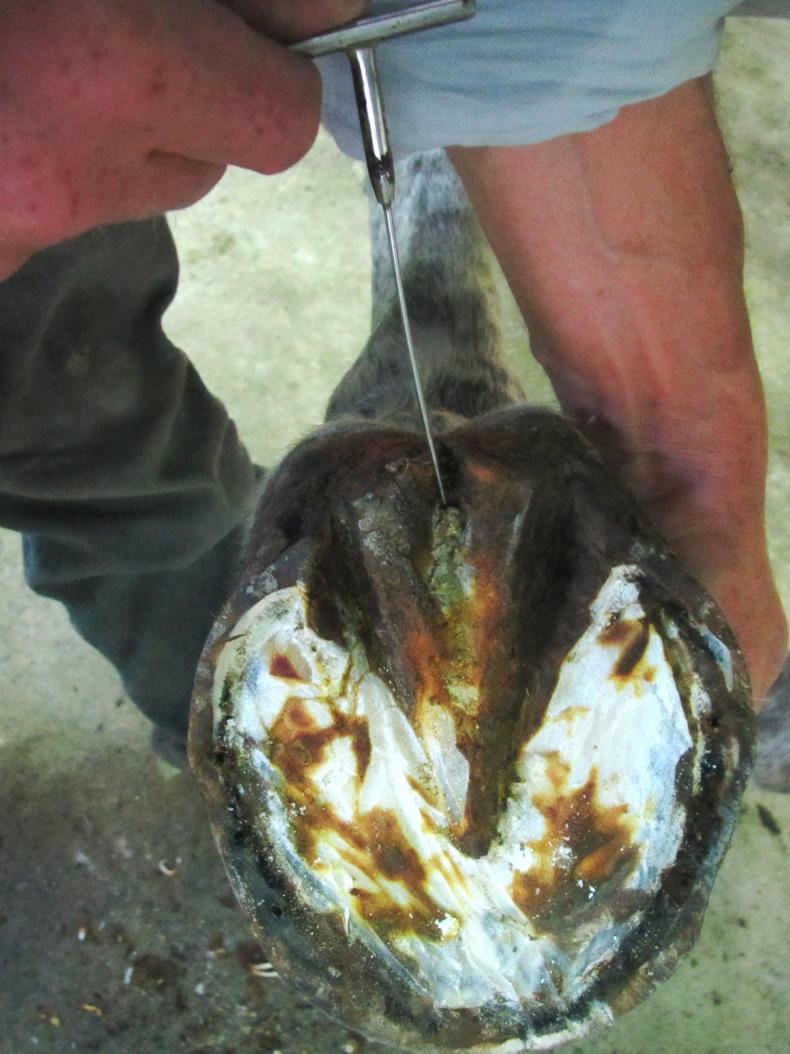
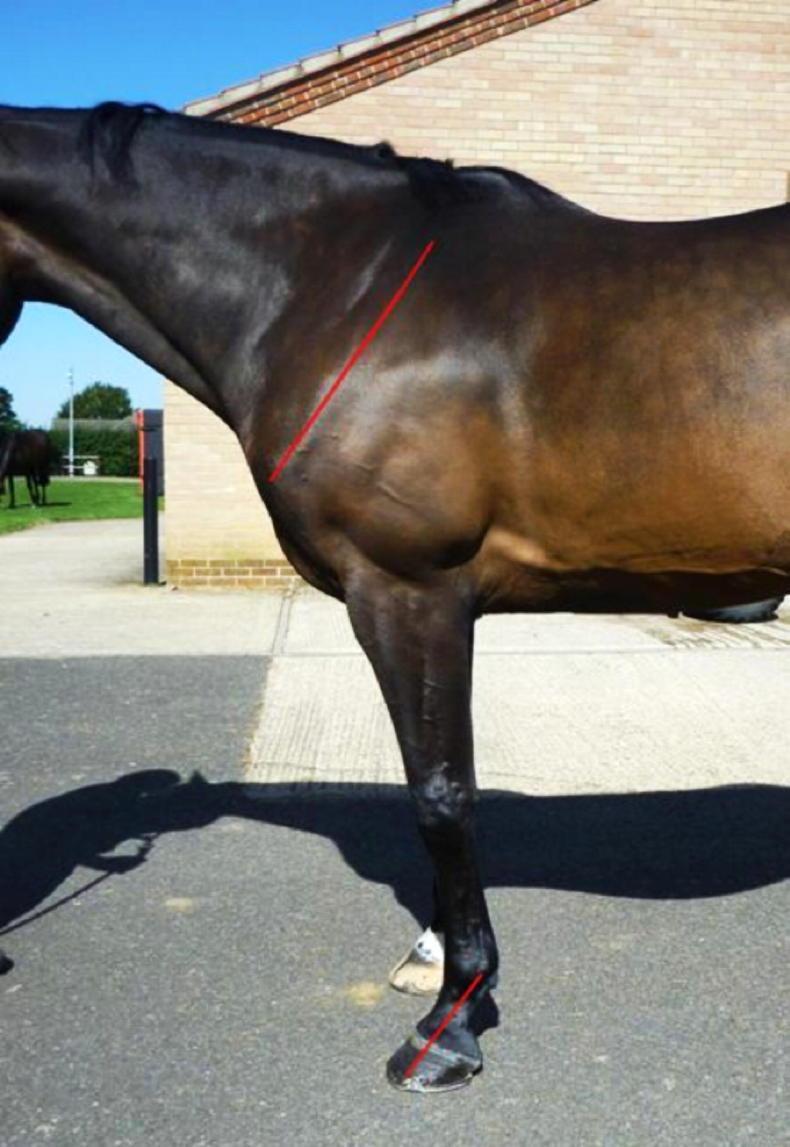
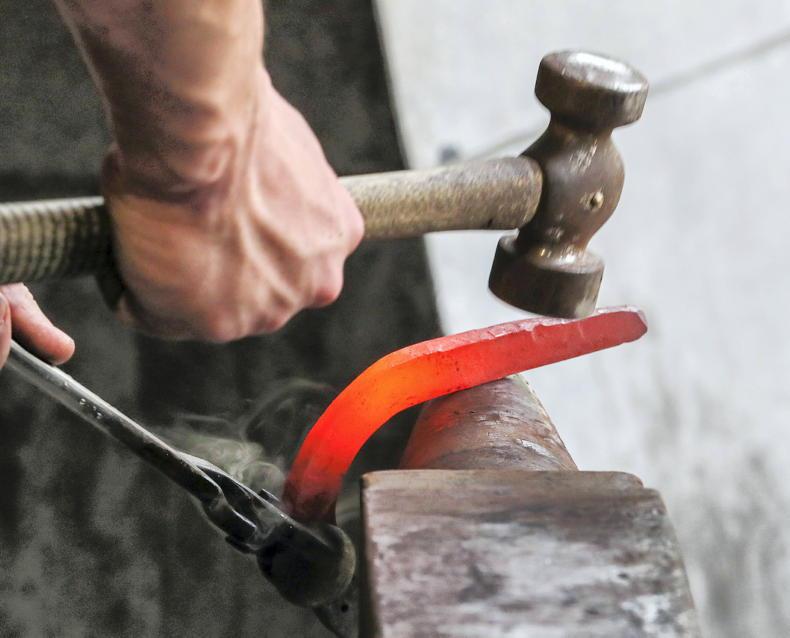
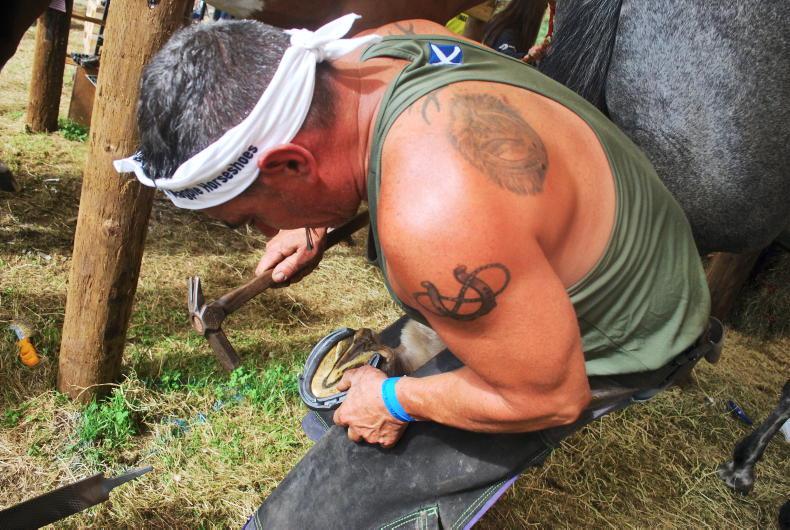

SHARING OPTIONS: